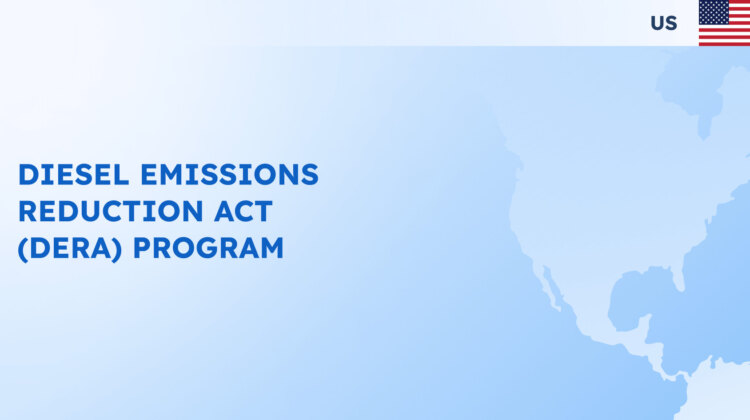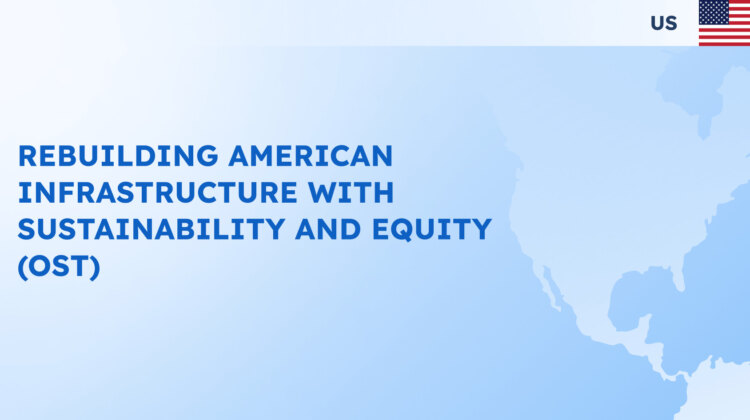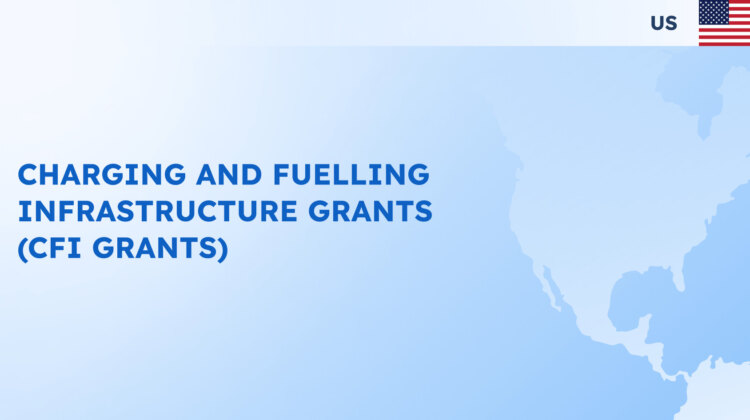The Rural Energy Savings Program (RESP), overseen by Rural Development, extends loans to energy efficiency service providers, including rural utilities and organizations, to implement durable and cost-effective energy efficiency measures. This program stands as a driving force behind the advancement of sustainable energy solutions, not only reducing energy consumption and costs for rural families and small businesses but also playing a pivotal role in expanding electric vehicle (EV) charging networks in rural areas.
The program accommodates various types of eligible borrowers, including municipalities, utility districts, cooperative associations, and more, all with the shared goal of addressing the energy needs of rural communities. The loans offered through RESP come with favorable terms, featuring up to 20 years at a 0% interest rate for certain purposes, such as energy efficiency, renewable energy, and energy conservation measures. Moreover, RESP encourages collaboration and consultation with its representatives to determine the eligibility of rural areas for program participation.
RESP is more than just a financial tool – it reflects USDA’s commitment to sustainable practices, energy efficiency, and rural economic growth. With a focus on innovations like EV chargers, it drives the expansion of charging networks in rural areas. Offering diverse financing, RESP prioritizes environmental care, economic development, and rural community well-being, paving the way for a cleaner, sustainable energy future.
Funding Details
- Fiscal Year Range: Ongoing
- Funding Coverage: The program provides loans to energy efficiency service providers to support energy efficiency projects, including EV chargers and the associated infrastructure in rural areas.
- Eligible Activities: RESP encompasses a range of eligible activities, such as supporting EV chargers and reimbursing the costs of necessary infrastructure installation, including electrical and broadband components, for constructing EV charging stations. Additionally, renewables and electric storage devices are eligible.
- Grant Match Requirement: None
Eligibility Criteria
Eligible applicants under the RESP include current and former RUS borrowers, subsidiaries of current or former RUS borrowers, and entities that provide retail electric service needs in rural areas. RUS makes loans to corporations, states, territories, and subdivisions and agencies thereof; municipalities; people’s utility districts; and cooperative, nonprofit, limited-dividend, or mutual associations that provide or propose to provide:
- The retail electric service needs of rural areas, or
- The power supply needs of distribution borrowers under the terms of power supply arrangements satisfactory to RUS, or
- Eligible purposes under RESP, including energy efficiency, renewable energy, energy storage or energy conservation measures and related services, improvements, financing, or relending.
Application Process
As the program operates on an ongoing basis, interested parties can engage with the RESP initiative by contacting the Rural Development for comprehensive application guidelines and further details.
Key Benefits and Opportunities
- Energy Efficiency Advancement: RESP’s support for energy efficiency projects, including EV chargers and associated infrastructure, contributes to reduced energy consumption and increased sustainability in rural areas.
- Enhanced Mobility: By facilitating the establishment of EV charging networks, RESP enables rural communities to embrace electric mobility, reducing emissions and promoting cleaner transportation.
- Supportive Funding: The program’s loans offer a crucial financial lifeline to energy efficiency service providers, ensuring the successful implementation of projects that transform rural energy landscapes.
- Inclusive Growth: RESP’s focus on rural areas ensures that communities with fewer than 50,000 residents can benefit from enhanced energy efficiency and sustainable transportation solutions.
Additional Resources
For in-depth program guidelines and application details, interested parties can refer to this fact sheet or the program’s webpage.






